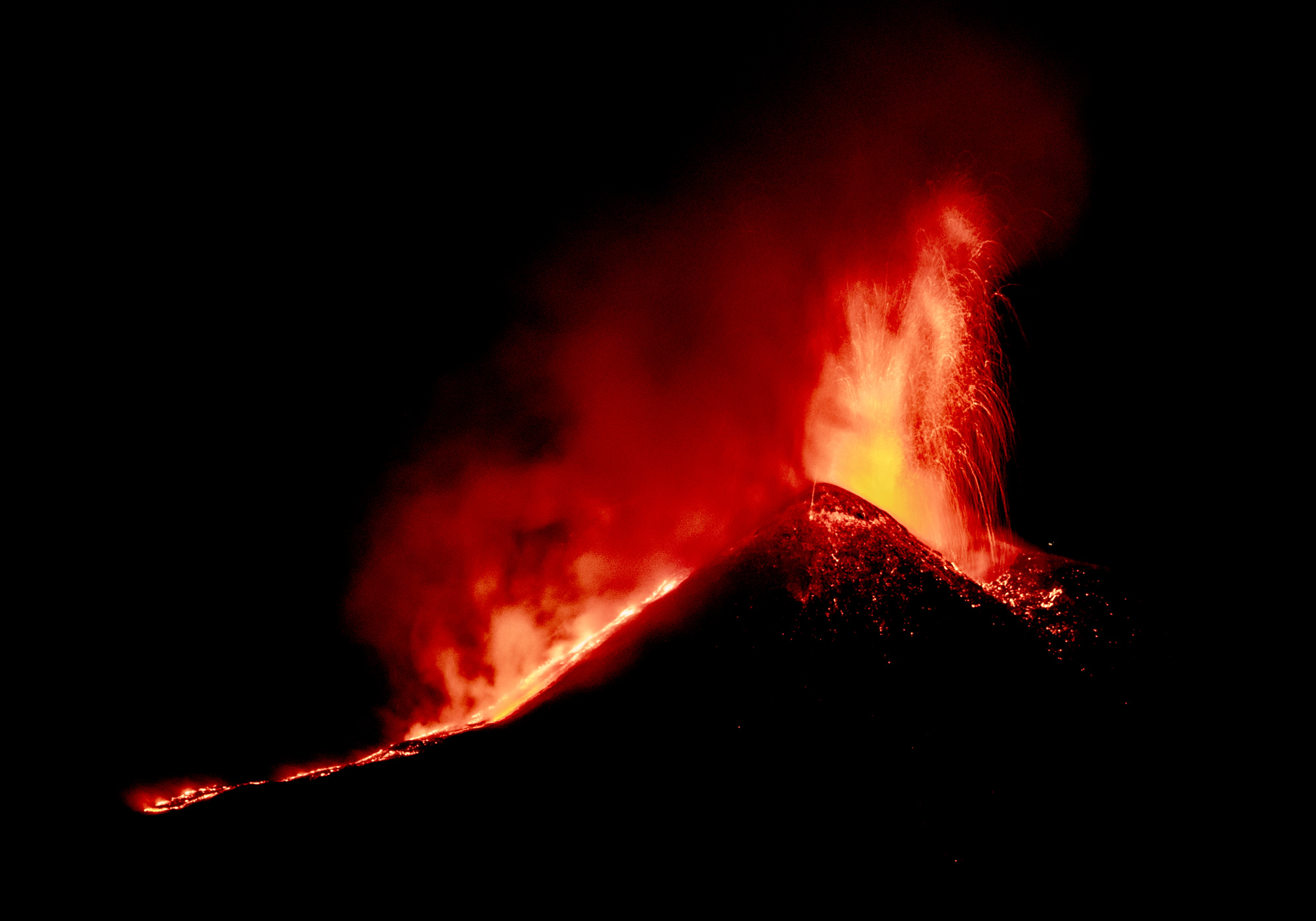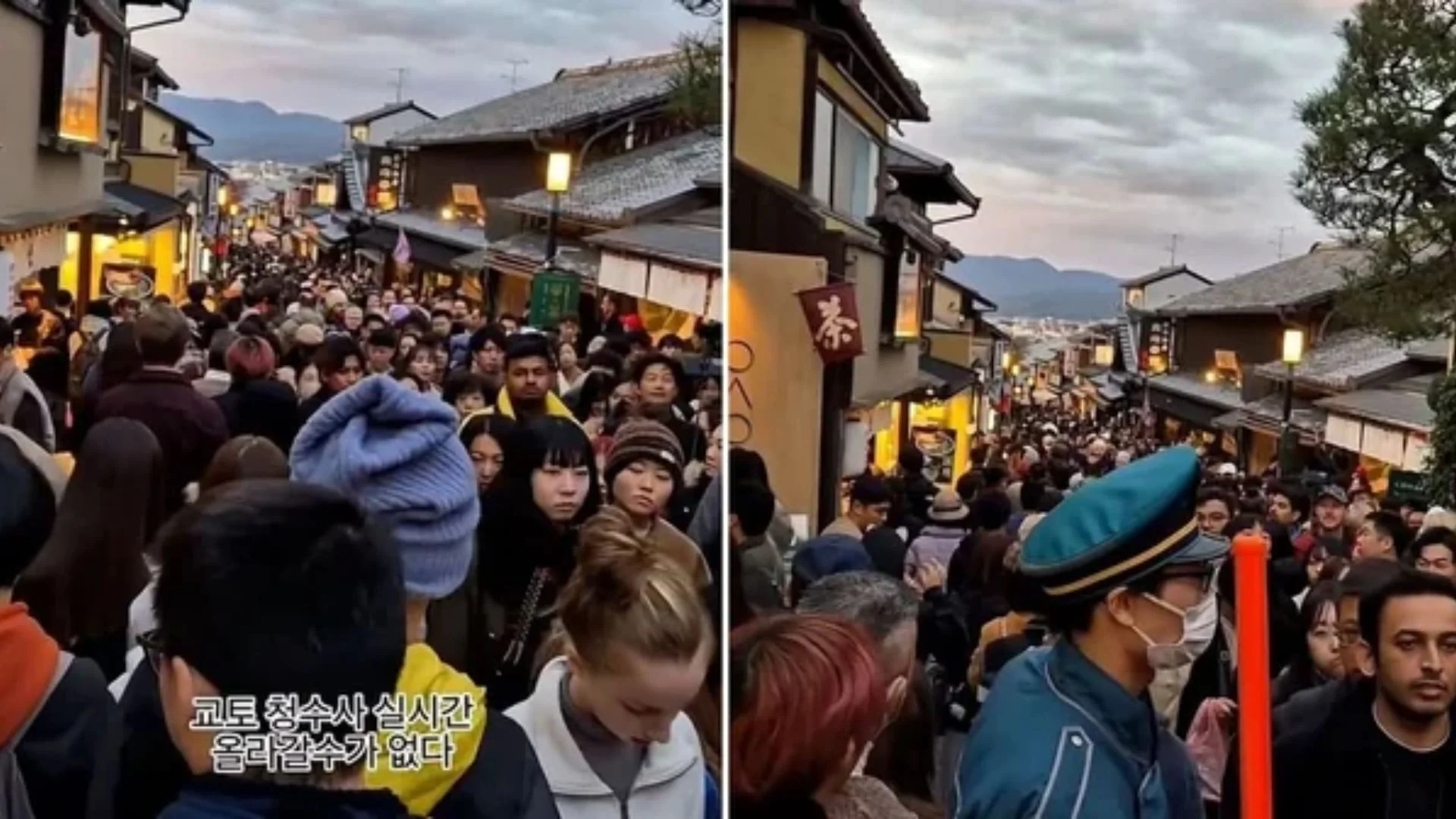Recent seismic activity beneath Hawaii’s Kilauea volcano has stirred concerns as the region experienced a significant increase in earthquakes over the weekend. According to reports from the US Geological Survey’s Hawaiian Volcano Observatory (USGS HVO), the Upper East Rift Zone of Kilauea began to experience a “seismic swarm” on June 27, with seismic events peaking at about 30 per hour.
Over the course of Saturday and Sunday, more than 500 earthquakes were detected beneath the Upper East Rift Zone and its surrounding areas. The seismicity, which intensified with earthquakes measuring up to M3.4, prompted heightened monitoring by geologists.
Despite the alarming surge in seismic activity, the USGS HVO has reassured the public that there are currently no signs indicating an imminent volcanic eruption. The earthquakes, largely centered below the south caldera region at depths ranging from 1.5 to 3 km, have shown variability but have not yet resulted in volcanic activity.
In their public notice, the USGS HVO noted that the current earthquake count is more than triple the rate observed just days ago, highlighting the ongoing seismic swarm since the initial M2.9 and M3.4 earthquakes.
Historically, Kilauea has been one of the world’s most active volcanoes, known for its periodic eruptions. The most recent eruption occurred on June 3, located approximately a mile south of Kilauea caldera within Hawaii Volcanoes National Park. However, there have been no indications that magma is currently moving towards the surface to initiate another eruption.
While increased seismicity could potentially lead to an eruptive episode, geologists emphasize that predicting volcanic behavior remains challenging. Continuous monitoring and assessment of seismic activity and ground deformation are crucial to understanding any future volcanic threats.
For now, residents and visitors to the region are advised to stay informed through official updates from the USGS HVO and to heed any advisories issued by local authorities regarding volcanic activity in Hawaii’s Volcanoes National Park.























